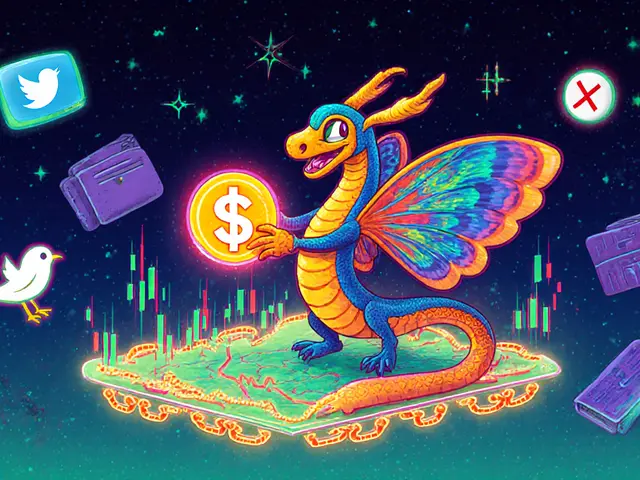AI-enhanced blockchain: How AI is changing blockchain apps and real-world use cases
When you hear AI-enhanced blockchain, a system where artificial intelligence automates, analyzes, or improves blockchain processes. Also known as smart blockchain, it’s not just buzzwords—it’s about making ledgers smarter, faster, and more responsive to real-world needs. Think of it like giving a blockchain a brain. Instead of just recording transactions, it can spot fraud patterns, predict network congestion, or even trigger actions based on real-time data.
One big piece of this puzzle is smart contracts, self-executing agreements coded on blockchain. Normally, they run on fixed rules. But when you add AI, they learn. For example, an insurance smart contract could use AI to analyze satellite images after a storm and automatically pay out if damage exceeds a threshold. No claims form needed. This isn’t theory—it’s already being tested in agriculture and disaster relief. Another key player is decentralized AI, AI models trained on distributed data without central control. This matters because it stops big companies from hoarding data. Projects are now experimenting with AI models trained on encrypted data across thousands of nodes, so no single entity owns the intelligence.
And then there’s blockchain AI, the use of blockchain to secure and verify AI outputs. If an AI says a patient’s scan shows cancer, can you trust it? Blockchain can log every step—the data source, the model version, who approved the result—so it’s auditable. This is why institutions are watching. It’s not about replacing humans. It’s about adding trust where it’s missing.
You’ll find examples of this in the posts below. Some cover how AI-enhanced blockchain is being used in digital badges like POAPs to verify event attendance without central databases. Others show how blockchain voting systems use AI to detect suspicious patterns without compromising voter privacy. You’ll also see how projects that promised AI-blockchain fusion—like dormant tokens tied to fake AI features—ended up as ghost assets. The real winners aren’t the hype machines. They’re the quiet tools that make verification faster, fraud harder, and data more accountable. What you’ll find here isn’t speculation. It’s the working parts of a system already changing how we track, vote, and prove things online.










